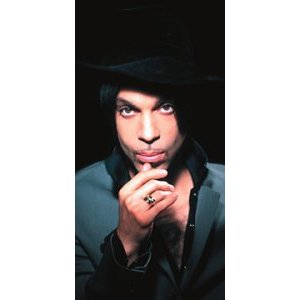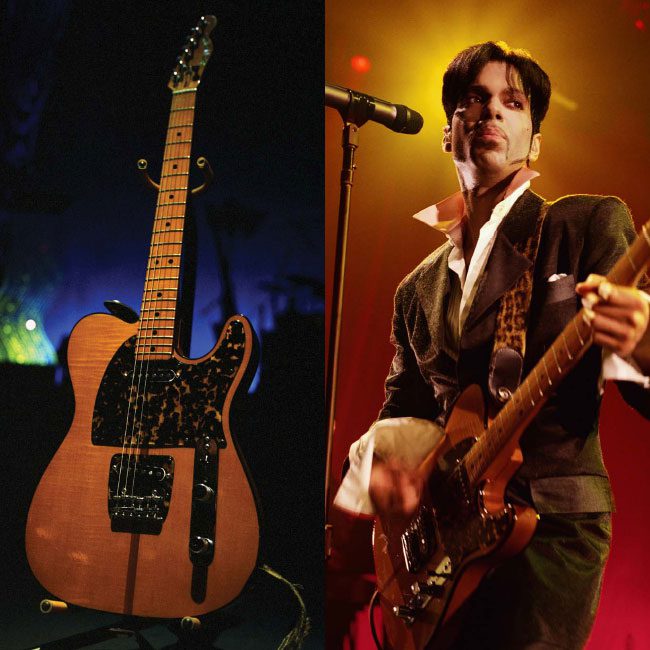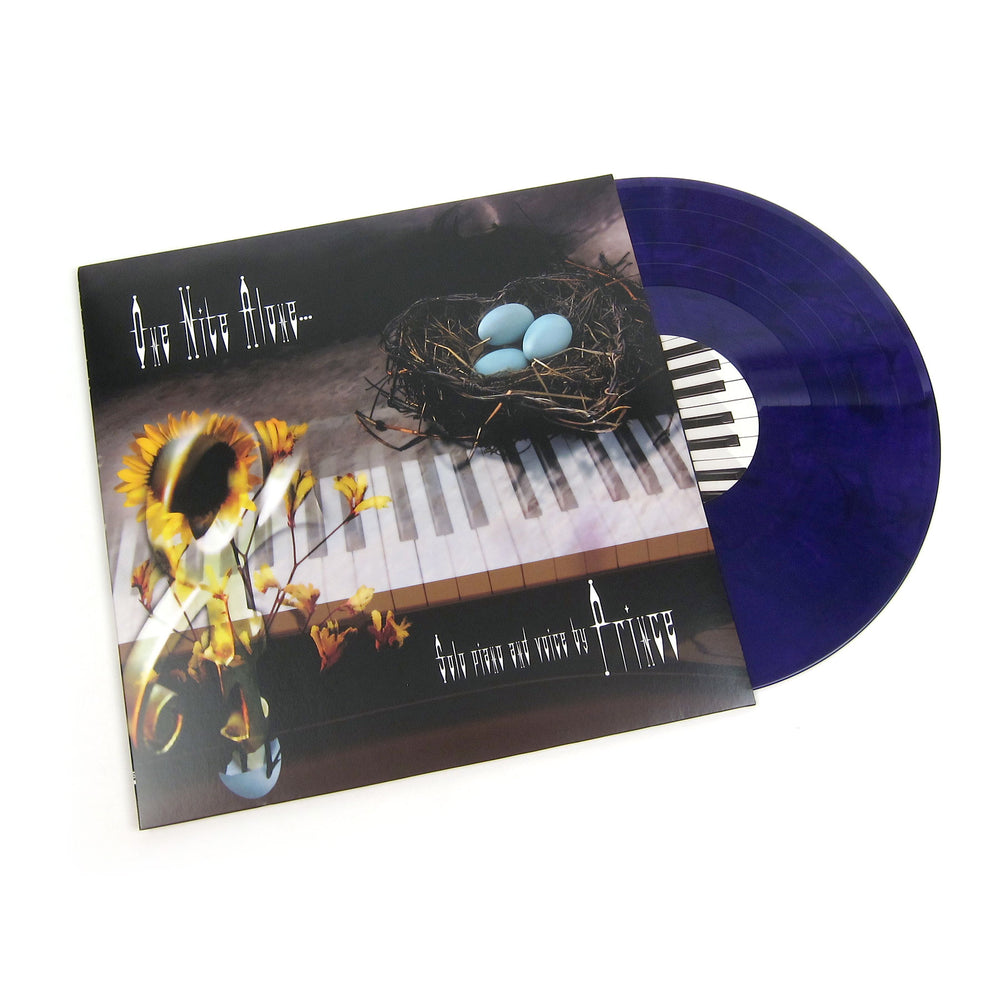
(2002) will be reissued along with Prince's first official live albums from the tour that took place in between those two studio releases. Time will tell, but there’s remains a fan base ready and waiting.Legacy Recordings and The Prince Estate are partying like it's 2001-2002! On April 17, The Rainbow Children (2001) and One Nite Alone. Supposedly he was readying one of those live shows for release at the time of his death. With that now in hand, an official issue of one of the solo piano concerts he was giving near the end of his life would complete a triptych of the Quiet Prince (with Piano & A Microphone as prelude). At that time (writing about the official release of the much bootlegged Piano & A Microphone) I mentioned the One Nite Alone set as something deserving of reissue. As I’ve said in these pages before, there is plenty of material Prince sanctioned for limited release that most people haven’t heard without the estate dipping into the reject boxes of the fabled Vault.
#PRINCE ONE NITE ALONE BOX SET PLUS#
It’s not a collection that’s heavy on hits, but 11-minute versions of “Peach” and “Joy in Repetition” more than make up for it.Įven before the set’s release at the end of May, talk was moving through fan boards and videos about a planned eight-CD or 13 LP plus DVD reissue of the 1987 double LP Sign O’ the Times, speculated to include three discs of unreleased material. They’re not exactly a jazz band, and they’re not trying to play jazz, but they can sit within and wander out of a groove like the best of them.

For such a powerhouse performer, Prince rarely released live recordings, and the 2002 version of the New Power Generation-including Greg Boyer, Shelia E., Renato Neto, Maceo Parker and Rhonda Smith-was a band able to meet his whims and demands. The set includes the three live CDs (concert and after-show) from the original release and adds the previously separate DVD release Prince Live at the Aladdin Las Vegas. The brief record, just over half an hour, will almost certainly continue to languish in the shadows of the terrific new Up All Nite With Prince: The One Nite Alone Collection box set, but it will at least get better distribution under the Prince estate’s limited time arrangement with Warner Bros. Musically, One Nite Alone… is a beautiful piece of work: long, floating melody lines, layered vocals and ethereal piano with bits of synthesizer and occasional drums.

But Prince’s lyrics don’t always survive close scrutiny. There’s also a rather surprising track (“Avalanche”) calling Abraham Lincoln to task for not going far enough to guarantee equality for emancipated slaves. There is what can be taken as Prince’s definitive take on Joni Mitchell’s “A Case of You” (a song he’d recorded before and a staple of live shows) and a perhaps less expected paean to virginity (“Young and Beautiful”), which shows his latter-day maturity, if not without a bit of a leer. The 10 on One Nite Alone… tracks are, unsurprisingly, mostly love songs, love found and love lost. And as opposed to the 1983 session released in 2018 as Piano & A Microphone, both are very much completed and produced albums. One Nite Alone… was included in the fan club edition of the box set One Nite Alone … Live!, and where The Truth is quick and clever, One Nite Alone… is intimate and understated.

The Truth is a sometimes playful, sometimes political, generally upbeat record that was included as disc 4 in a hodgepodge of unreleased tracks on 1998’s Crystal Ball. They may or may not have stuck around, but a little push into the wider consciousness would have helped to restore the reputation of being a vibrant and multi-faceted artist that Prince seemed only so concerned with maintaining. The former is essentially a guitar album, the latter a piano set, and both could have found listeners around the realms of Tori Amos and Fiona Apple fandom. Two of the most sadly overlooked of his post major label, self-released albums are a pair of more-or-less solo acoustic albums, The Truth and One Night Alone, both buried as “bonus” discs in some (but not all) versions of poorly distributed box sets. Which is a shame, because he consistently released gems-from hard funk jams to sensitive singer-songwriter sides-that would have appealed to different demographics, if only they’d been heard. Without real A&R guidance, and while alternately eschewing and being denied media coverage, Prince didn’t readily reach new-or lapsed-fans. There aren’t many musicians who can play Madison Square Garden without a record contract.īuilding on that base, however, was a different matter. While existing largely outside the music industry (or within the micro-industry he built), Prince maintained a substantial and remarkably faithful fan base. Years after he was getting regular radio play, his albums were still charting and his concerts selling out.


 0 kommentar(er)
0 kommentar(er)
